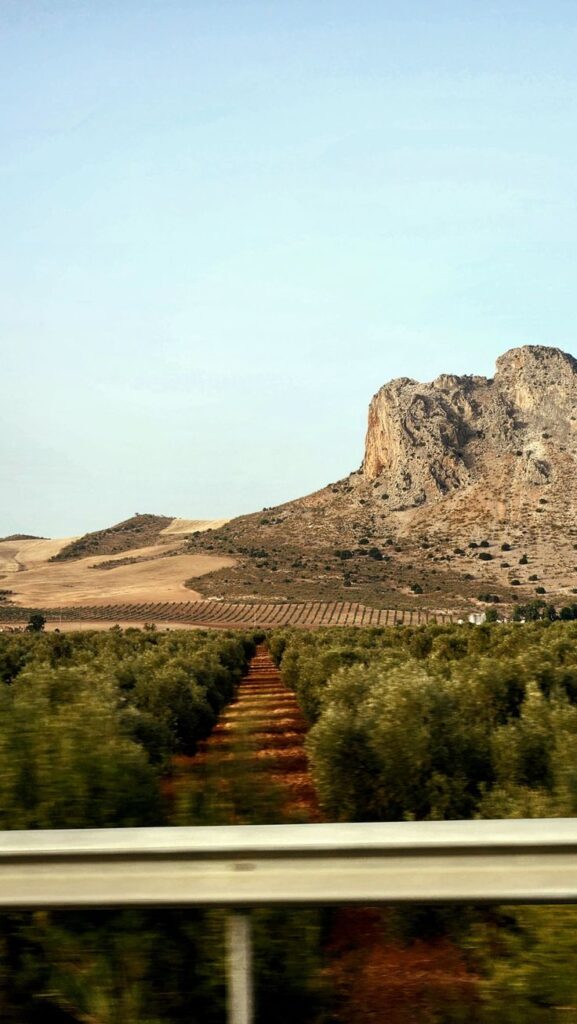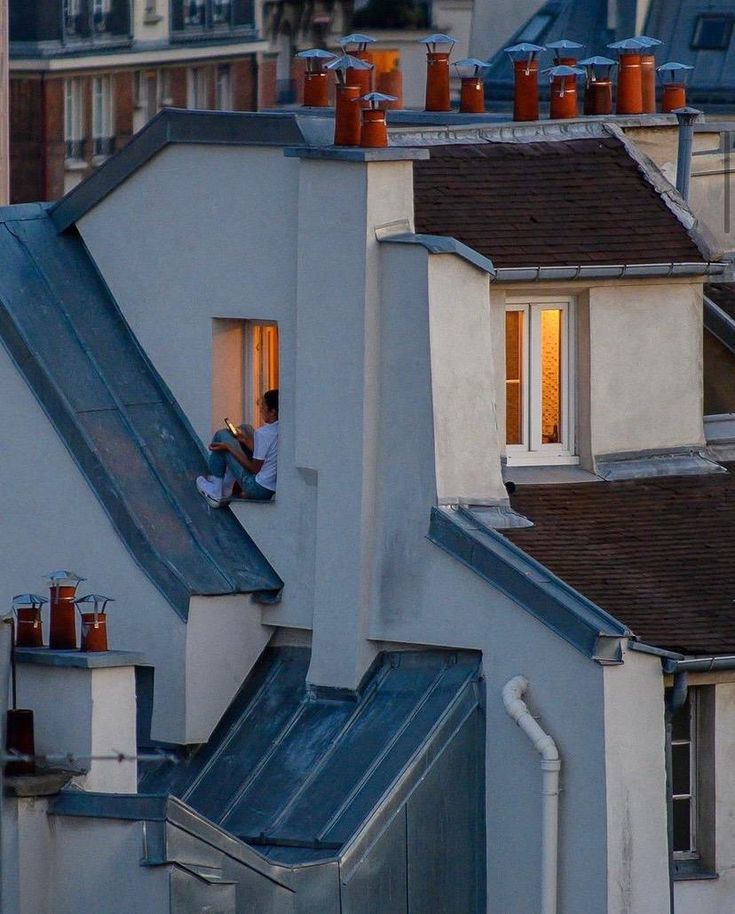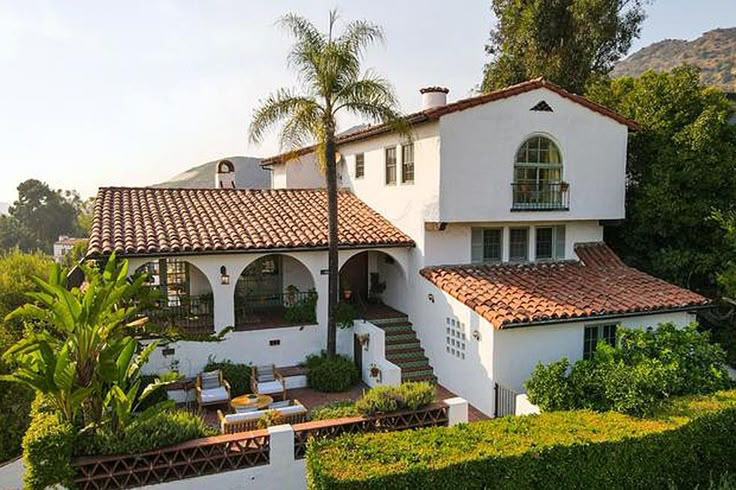
Spain-Real.Estate isn’t just a domain—it’s a portal. A lens through which travel and property fuse, forming not only destinations but decisions. Here, the Mediterranean sun doesn’t just kiss your skin—it whispers opportunity. Real estate in Spain is no longer confined to glossy brochures and static market reports. It moves, breathes, evolves. From Gothic alleyways in inland cities to the raw coastal drama of the Costa Brava, we step into the layered world of property ownership shaped by trend, timing, and taste.
So, whether you’re fantasizing about sipping Rioja on your private terrace or running spreadsheets on rental yields in Barcelona’s old quarter, buckle in. Spain’s real estate tapestry in 2025 is vibrant, alive, and calling.
Spanish Property: Momentum in Motion


The numbers? They speak. But they don’t whisper—they shout. Spain’s housing market has entered 2025 with its sails full and its compass pointed upward.
Key Metrics at a Glance
| Metric | Value |
|---|---|
| Average Sale Price (€/m²) | €2,601 (↑ 18.9% YoY) |
| Average Rent Price (€/m²/month) | €15.05 (↑ 9.8% YoY) |
| Gross Rental Yield (Q1 2025) | 5.60% |
| Transactions in 2024 | 715,429 (+12% YoY) |
| Foreign Buyer Share (2024) | 15% of all purchases |
Let’s decode that. Property prices soared by nearly 19% in a single year. Rents climbed. Yields held firm. Over 700,000 homes changed hands, and nearly 100,000 of those belonged to non-Spanish nationals. A love affair between global wanderers and Iberian bricks-and-mortar? Absolutely.
Meanwhile, mortgage activity isn’t slowing despite global interest rate waves. Spain’s local lending conditions, surprisingly nimble, have provided an anchor for both first-time buyers and seasoned investors.
Tourism: The Hidden Engine Beneath the Roof


Now let’s shift focus—from granite countertops to boarding passes. Tourism. It’s not just a reason to visit; it’s a reason to invest. Spain’s tourist engine doesn’t idle—it accelerates. The first seven months of 2024? Over 53 million international arrivals. Revenues? €71 billion. Forecasts for the year blew past expectations, flirting with 95 million visitors—beating even pre-pandemic highs.
Why does this matter? Because demand for short-term stays creates waves in the real estate pool. Every traveler not staying with family needs a place to sleep—and preferably one with a sea view or at least a rooftop in Madrid.
But preferences are shifting. More travelers are ditching cookie-cutter resorts for quiet farmhouses, solar-powered hideaways, or off-grid fincas. Properties once considered “niche” are now magnetic.
Seasonality and Strategy

High season (May–September) means peak nightly rates. Think summer gold rush. Come October, rates soften, but long-term renters move in—digital nomads, retirees escaping winter, or off-season explorers. Knowing when to pivot rental strategy is what separates a casual host from a strategic investor.
Costa Brava: A Living Postcard with Price Tags

Now, picture rugged coastlines, pine-fringed bays, and pastel villages tumbling toward the sea. That’s Costa Brava. It’s a stretch of Catalonia that seems painted rather than built. But behind the beauty lies a property market that’s far more than surface-level charm.
Price Snapshot
| Property Type | Average Price €/m² |
|---|---|
| Apartment | €2,820.64 |
| House | €2,634 |
| Prime Coastal | €3,500–€4,500 |
| Waterfront Villas | €4,000–€6,000 |
Apartments in Costa Brava tick upward gently—+2.2% year-on-year—but prime plots, especially waterfront gems, command hefty premiums. Some go well beyond €6,000/m². For those looking to purchase real estate in Costa Brava 2025, towns like Palamós and Calonge are emerging stars. Urbanization level, sea view, and access to cultural spots all nudge values in different directions.
Buyers: A Cast of Characters

This isn’t a market moved by a single archetype. It’s a mosaic. French retirees looking for sunlit peace. British buyers chasing legacy homes. Germans with spreadsheets and a passion for hiking trails. But also—North Americans. Middle Easterners. The surge in non-EU interest is reshaping demand, encouraged by visa programs and global lifestyle shifts.
Then there are the digital nomads—young, mobile, broadband-hungry. They’re fueling demand for modern flats with balconies and fiber optics. Meanwhile, sustainability junkies seek rustic villas with solar panels, vegetable gardens, and enough land to host yoga retreats.
What to Buy: The Mix and Match of Property Types

Spain’s geography lends itself to real estate variety. Mountains, coastlines, cities, and countryside—it’s all here. But let’s narrow it down.
1. Urban Apartments
If you prefer your investment with a side of espresso and subway access, cities like Madrid and Barcelona deliver. Central flats now average €2,311/m²—a sharp 11.2% leap. Yields hover around 5.60%, slightly down from peak, but steady. These are workhorses of the rental market.
2. Villas and Houses
Coastal villas? They’re romantic—and profitable. Nationwide, yields can crest 7.3%, and some pockets hit 8% or more. Murcia and Andalusia stand out. Inland properties—say, in Castilla-La Mancha—offer lower price points (€1,300–€1,800/m²) and decent 6% returns, but without the salt air.
3. Holiday Rentals
Short-term letting platforms have exploded, climbing 20% year-over-year. That’s not just numbers—it’s validation. Investors are doubling strategies: summer Airbnb bookings, winter long-terms. Occupancy balanced, revenue diversified.
Buying in Spain: A Tactician’s Guide

Dreaming is one thing. Signing a deed is another. Here’s how the path unfolds.
1. Legal First Steps
- Get a NIE (foreigner ID number).
- Open a local bank account to handle transactions.
2. Money Matters
- Non-residents can finance 70%–80% of the property’s value.
- Fixed or variable rates? Shop around. Local banks vary more than you’d think.
3. Finding the One
- Portals help, but humans help more. Use a lawyer. Get contracts checked. Titles verified. Be picky.
4. Seal the Deal
- Reservation deposit: usually 1–2%
- Private purchase contract (arras): 10% deposit locks it in
5. Closing Day
- Sign final deeds with a notary present
- Taxes: transfer tax (6%–10%) or VAT for new builds
6. After the Keys
- Register with the Land Registry
- Set up water, gas, electric, Wi-Fi
- Pay community fees if you bought into a complex
Why This All Matters

Because this isn’t just about ROI. It’s about life quality. About sunlit breakfasts and watching your equity climb while you’re swimming. Spain isn’t just a market—it’s a mood.
- Personal Value: Your property becomes a second skin—familiar, yours.
- Rental Power: Year-round demand keeps the cash flowing.
- Appreciation Potential: 10% annual growth isn’t a fairy tale—it’s the trend.
- Experiential Return: Tapas in Granada, jazz in Sitges, olive groves in Jaén—your property unlocks them all.
The Takeaway
Spain isn’t offering mere property. It’s offering rhythm. Warmth. A plot of earth stitched into Europe’s sunniest stage. Whether you want returns, roots, or both—the Spanish real estate landscape in 2025 is rich with promise and layered with possibility. The question isn’t whether Spain is right for you. It’s whether you’re ready to answer the call.
- 0shares
- Facebook0
- Pinterest0
- Twitter0



